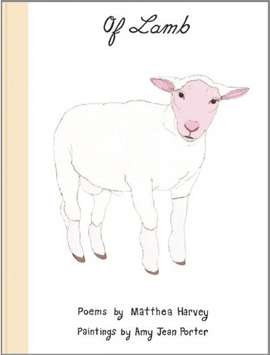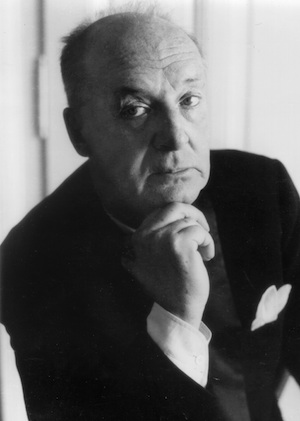Spend three minutes getting lost in space.
A video released by NASA this week shows the well-known Orion Nebula in a new way. 995 Archives3D visualization of the nebula allows the viewer to get a bird's eye view of the baby stars, gas, and dust of the nebula as it moves in space.
SEE ALSO: Jupiter has the blues, just like the rest of us"Being able to fly through the nebula's tapestry in three dimensions gives people a much better sense of what the universe is really like," Frank Summers, the visualization scientist who led the effort to create the video, said in a statement.
Via Giphy"By adding depth and structure to the amazing images, this fly-through helps elucidate the universe for the public, both educating and inspiring."
The visualization incorporated photos taken by the Hubble and Spitzer space telescopes, according to NASA. Scientists then extrapolated out from those photos in order to create their best interpretation of what the nebula might look like from the inside out.
The video incorporates both visible and infrared imagery, giving the 3-minute clip depth of color and bringing out the structure of the nebula, located in the constellation Orion's belt.
"Looking at the universe in infrared light gives striking context for the more familiar visible-light views," visualization scientist Robert Hurt said in the statement.
 Original image has been replaced. Credit: Mashable
Original image has been replaced. Credit: Mashable "This movie provides a uniquely immersive chance to see how new features appear as we shift to wavelengths of light normally invisible to our eyes."
The nebula is about 1,350 light-years from Earth, and it likely represents a good example of the type of place our sun was born 4.6 billion years ago, according to NASA.
The nebula is about 2 million years old and its stars are young, meaning that we have plenty to learn about their development and potential future as they grow.
Featured Video For You
These NASA-inspired knives will help you become an expert chef

















